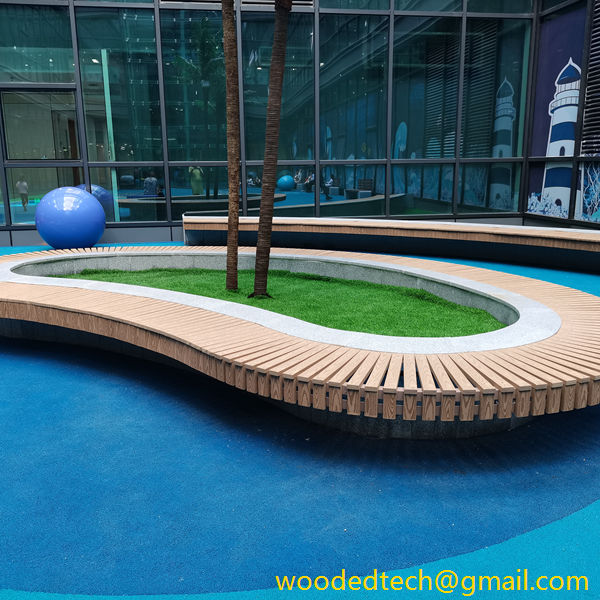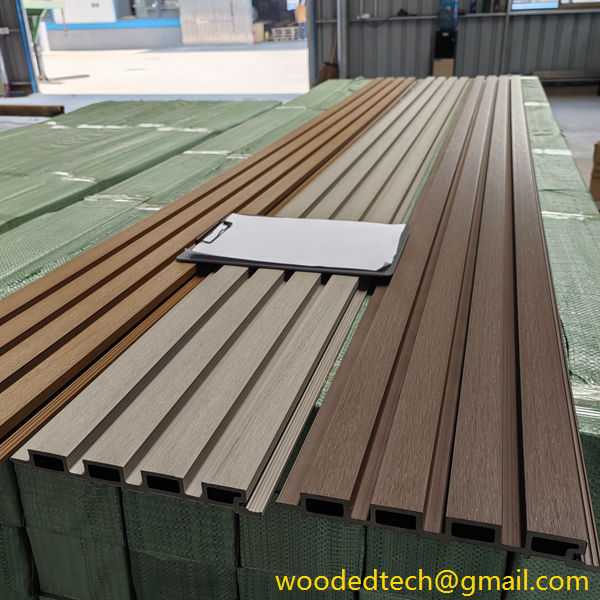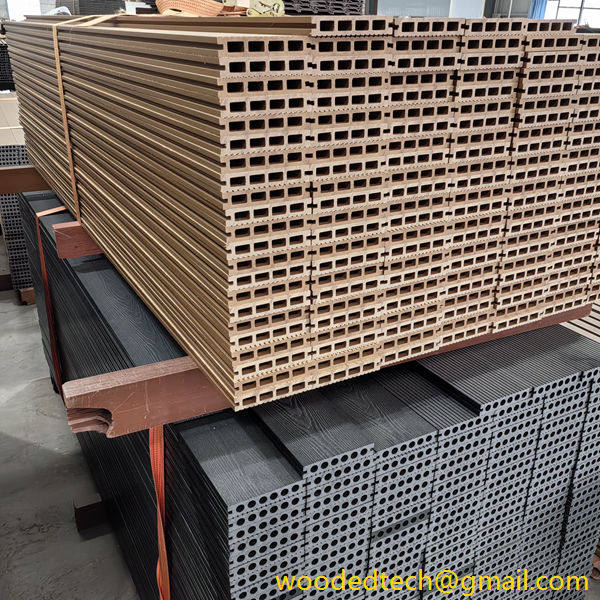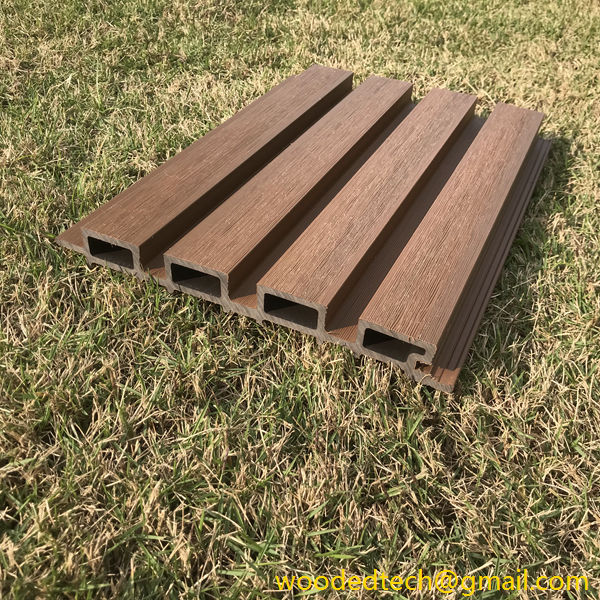WPC (Wood Plastic Composite) fluted panels are a popular choice in construction and interior design due to their durability, aesthetic appeal, and versatility. The dimensions of these panels can vary based on the manufacturer and specific product line, but here are some common aspects to consider when discussing their dimensions:
WPC (Wood Plastic Composite) fluted panels are increasingly favored in construction and interior design for their combination of durability, aesthetic appeal, and versatility. When discussing the dimensions of these panels, it is essential to consider several key aspects, which may vary depending on the manufacturer and specific product line:
1. Thickness: The thickness of 1WPC fluted panels typically ranges from 5mm to 25mm. The choice of thickness can influence the panel’s strength, insulation properties, and suitability for various applications.
2. Width: Common widths for these panels can vary from 100mm to 300mm. The width selected may depend on the design requirements and the intended use of the panels, whether for wall cladding, ceilings, or other applications.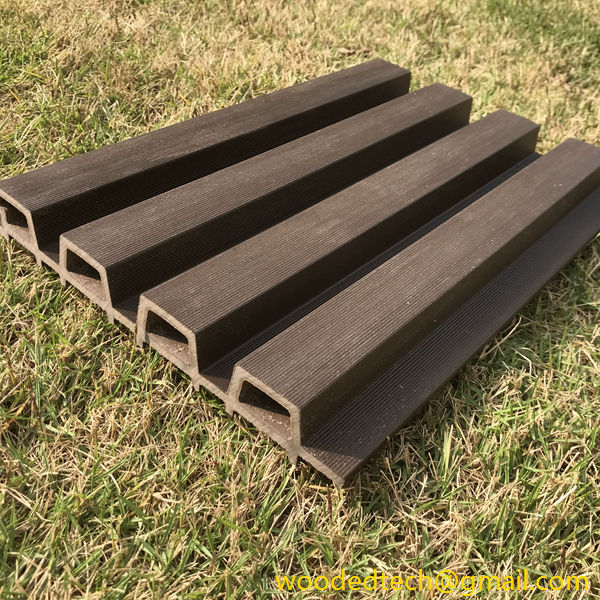
3. Length: The length of 1WPC fluted panels often ranges from 2400mm to 6000mm. Longer panels can reduce the number of joints required during installation, contributing to a more seamless appearance.
4. Flute Profile: The design of the flutes can also vary, with different profiles available to achieve specific aesthetic effects. The depth and spacing of the flutes can impact both the visual appeal and the structural integrity of the panels.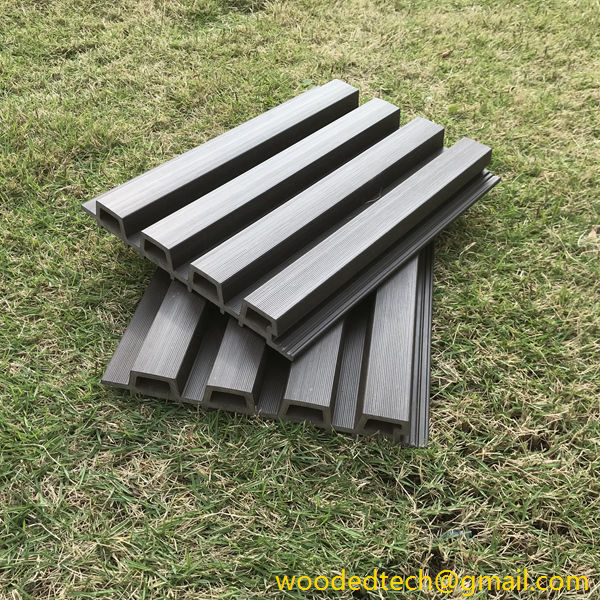
5. Weight: The weight of the panels is an important consideration, particularly for installation purposes. WPC panels are generally lighter than traditional wood panels, making them easier to handle and install.
6. Customization: Many manufacturers offer customization options, allowing for tailored dimensions to meet specific project requirements. This flexibility can be advantageous in achieving unique design goals.
In summary, when selecting 1WPC fluted panels, it is crucial to consider the thickness, width, length, flute profile, weight, and potential for customization to ensure that the chosen panels meet both functional and aesthetic needs in construction and interior design projects.

